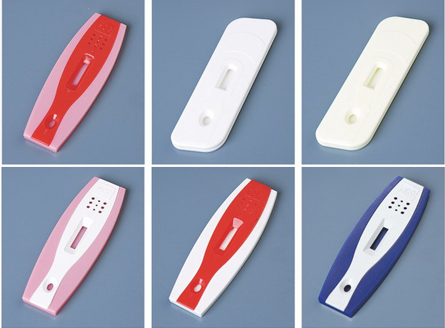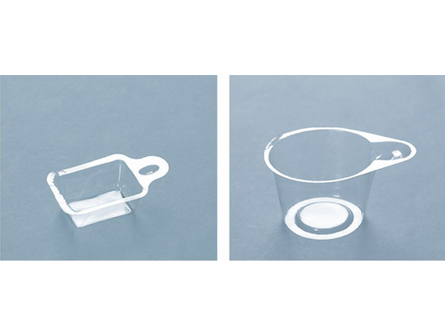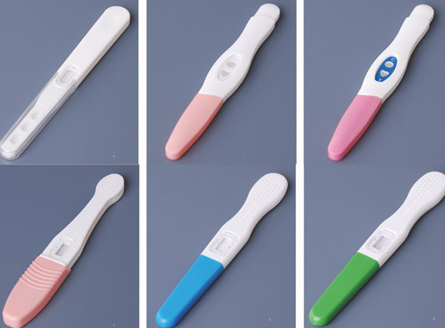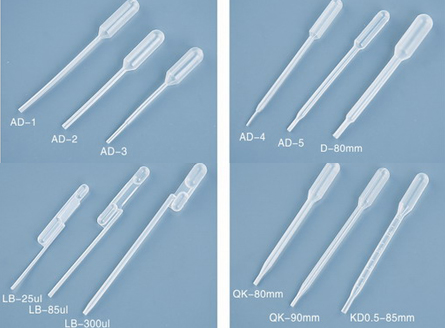
 Gold Label Card
Gold Label CardThe appearance design and internal structure of the gold standard card are diverse, and the...
 Urinary cup
Urinary cupThe urine cup is a disposable container and should not be reused to avoid affecting the tes...
 Gold Label Pen Card
Gold Label Pen CardThere are various specifications of gold standard pen type cards with beautiful appearances...
 Straw
StrawA straw is a type of tube used to suck reagents, which uses plastic as the raw material. Th...
FAX:+86-317-4052076
Email:[email protected]
Web:2meiwang.cn
Address:Du Sheng Xiang Xiao Liu Village, Cang County, Cangzhou City, Hebei Province
Current Location:HOME > NEWS > Industry information >
Industry information2016-08
A test tube box, including a box cover and a box body, is characterized in that there is a test tube fixing device between the panel and the box body, a test tube opening is set on one side of the upper open box body, a cover is set at the test tube openi...
2016-08
A dropper is a type of tube used to aspirate reagents, which uses plastic as the raw material. The dropper is widely used in the experimental process, and its function is to aspirate a small amount of liquid into other containers....
2016-08
Drip bottles are a common type of container in the laboratory, widely used due to their simple control of reagent usage. Drip bottles are also divided into many types, including transparent ones and dark brown ones. So what are the differences between the...
2016-08
Type of test tube: A flat mouthed test tube is a round bottomed flat mouthed glass tube with a melted mouth. Flat mouth, easy to kill the pipe mouth....
2016-08
Test tubes are important laboratory vessels that play an irreplaceable role in holding and heating reagents. Test tubes, along with beakers, are considered synonymous with experiments. Therefore, the test tube box (test tube rack) for placing test tubes s...
2016-08
A test tube is a container used to hold a small amount of medicine, perform a small amount of reagent reaction at room temperature or under heating, and can be used to produce or collect small amounts of gas. Due to the fact that test tubes, like beakers,...
2016-08
Diagnostic reagent bottles are currently a widely used type of reagent bottle, mainly made of plastic and using injection molding technology. They have many specifications, such as 1.5ml, 3ml, 7ml, 8ml, 10ml, 12ml, 13ml, 15ml, 20ml, 25ml, 30ml, 50ml, 60ml...
2016-08
The pressure inside the dropper is lower than atmospheric pressure, and the dropper is subjected to a downward force from the atmosphere. The solution is simple: heat the dropper in a water bath (not directly) to increase the vapor pressure inside the dro...
